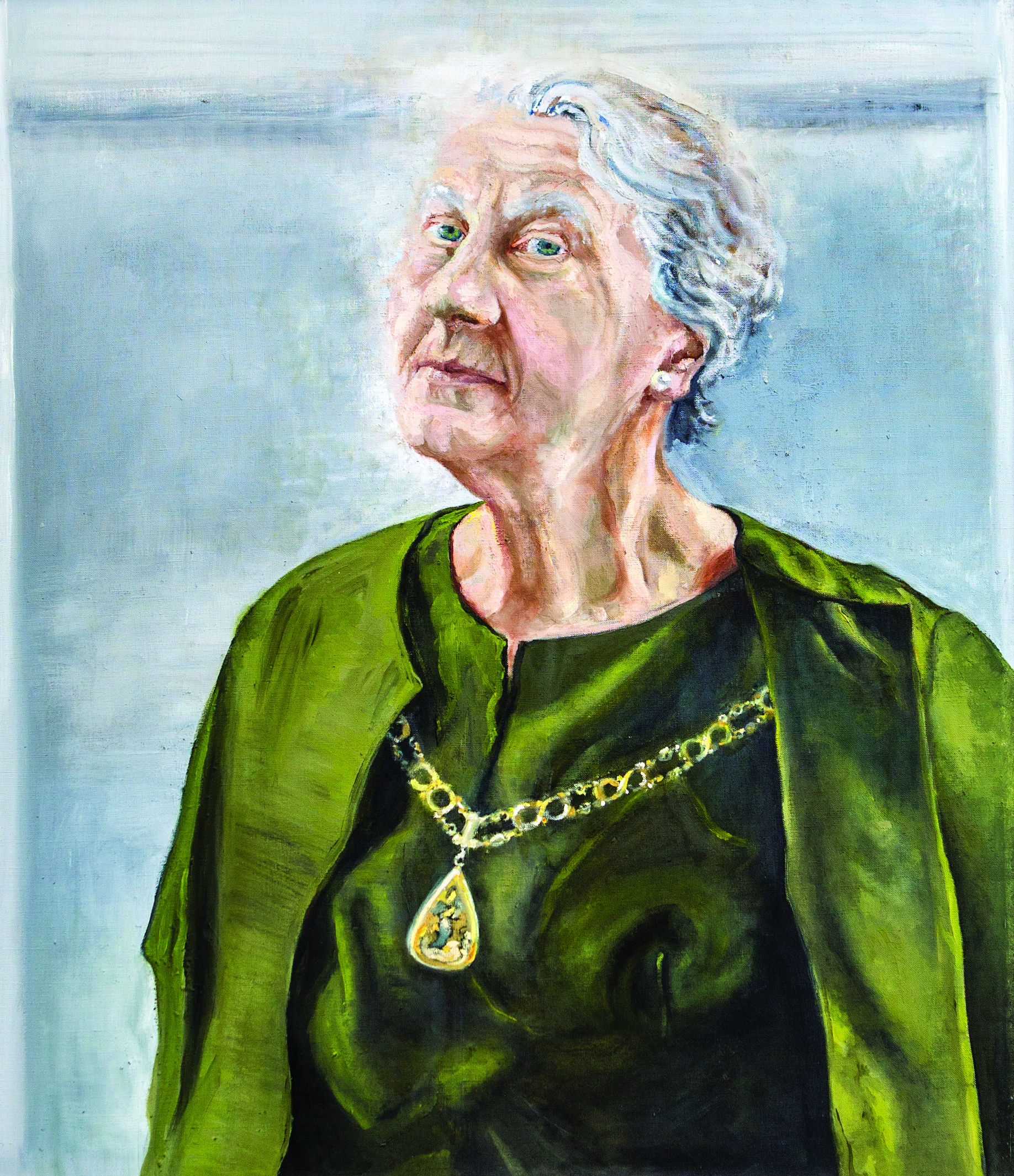The GPs who shaped NHS general practice: Dame Annis Gillie


Through her chairmanship of the 1963 Gillie Report, The Field of Work of the Family Doctor, Dame (Katherine) Annis Gillie helped save general practice. The profession was in decline; with GPs under the enormous strain of long working hours and poor working conditions, there was considerable medical emigration and recruitment was floundering.
Dame Gillie saw GPs as essential, and their future as one where they co-ordinated hospital and community care. The Ministry of Health’s response to the report resulted in a Family Doctor Charter and a new GP contract. This improved pay and conditions, introduced a maximum list size of 2,000 patients and provided funds for professional education, improvement of premises and hiring support staff.
Before the inception of the NHS Dame Gillie worked as an assistant to a practice of three female doctors – themselves amongst the first women to graduate from medical school – in a Connaught Square, west London practice that exists today, still with a female partner. Upon their deaths and retirements she took over the practice and was for some years a single-handed GP to a list including a rather select group of distinguished and professional women and men, including hospice founder Cicely Saunders.
She was the sole wage-earner for her family, her architect husband being ill with multiple sclerosis. She was also his carer and retired to the country in 1964 to care for him full time. A champion of women in medicine, Dame Gillie was a president of the Medical Women’s Federation, first female RCGP chair and first female vice-chair of the BMA. She became a Dame in 1968 during her presidency of the Royal College of General Practitioners; the first family doctor to receive such a high honour who had not been a GP to either the Royal Family or a Prime Minister – or been Chair of Council of the BMA.
General practice during the NHS: 1960s
The Gillie Report of 1963 on The Field of Work of the Family Doctor describes general practice as a ‘cottage industry’ with too many doctors struggling with ‘barely tolerable pressure’ and extremely long working days.
It finds GP recruitment is being adversely affected, while the need to have a patient list ‘adequate for financial security’ means such lists are too large for GPs be able to work effectively. General practice is largely unregulated, with many GPs entering the profession because their hospital careers are not progressing rather than because they wanted to work in the community.
With considerable medical emigration to America and Australasia, and GPs threatening to resign en masse from the NHS, action is urgently needed to boost morale and improve working conditions. The Ministry of Health’s response to the report results in a Family Doctor Charter and a new GP contract in 1966. This introduces major changes to remuneration such as an increase in pay, a maximum list size of 2,000 patients, doctors being reimbursed for much of the wage costs of nursing and/or ancillary staff and schemes to subsidise the cost of premises development. General practice becomes recognised as a speciality in its own right following the 1968 Royal Commission on medical education.











